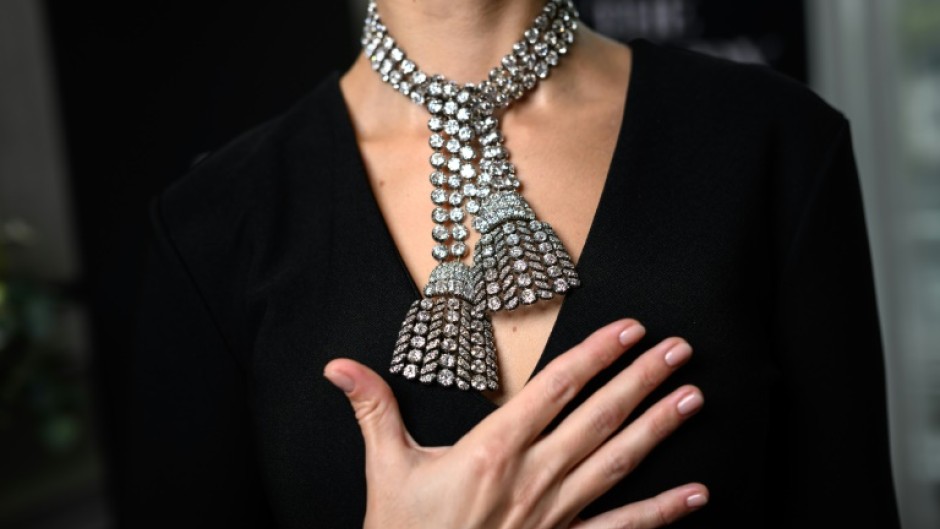GENEVA - A mysterious diamond-laden necklace with possible links to a scandal that contributed to the downfall of Marie Antoinette, sold for $4.8-million at an auction in Geneva Wednesday.
The 18th century jewel containing around 300 carats of diamonds had been estimated to sell at the Sotheby's Royal and Noble Jewels sale for $1.8-2.8 million.
But after energetic bidding, the hammer price ticked in at $4-million, and Sotheby's listed the final price after taxes and commissions at $4.81-million.
The unidentified buyer, who put in her bid over the phone, was "ecstatic", Andres White Correal, chairman of the Sotheby's jewellery department, told AFP.
"She was ready to fight and she did," he said, adding that it had been "an electric night".
"There is obviously a niche in the market for historical jewels with fabulous provenances... People are not only buying the object, but they're buying all the history that is attached to it," he said.
Some of the diamonds in the piece are believed to stem from the jewel at the centre of the "Diamond Necklace Affair" -- a scandal in the 1780s that further tarnished the reputation of France's last queen, Marie Antoinette, and boosted support for the coming French Revolution.
The auction house said the necklace, composed of three rows of diamonds finished with a diamond tassel at each end, had emerged "miraculously intact" from a private Asian collection to make its first public appearance in 50 years.
"This spectacular antique jewel is an incredible survivor of history," it said in a statement prior to the sale.
Describing the massive Georgian-era piece as "rare and highly important", Sotheby's said it had likely been created in the decade preceding the French Revolution.
"The jewel has passed from families to families. We can start at the early 20th century when it was part of the collection of the Marquesses of Anglesey," White Correal said.
Members of this aristocratic family are believed to have worn the necklace twice in public: once at the 1937 coronation of King George VI and once at his daughter Queen Elizabeth II's coronation in 1953.

